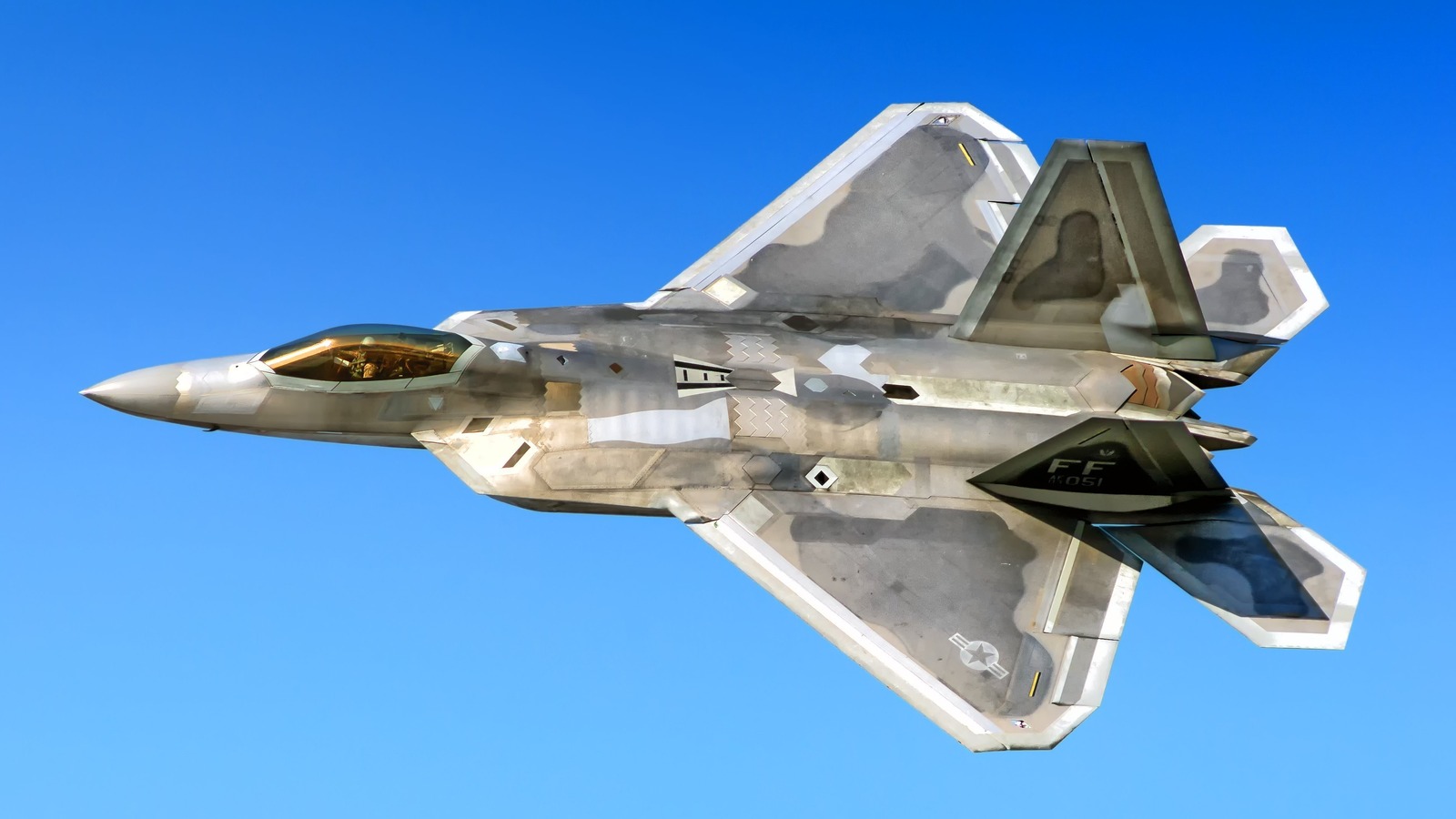How would a super stealthy with skin embedded multi-spectral sensors, onboard super computer, two XA-100 engines, ultra-long range AAMs internally carried with a self defense laser calling itself the F-15ZXUltra (this is obviously made up) fit?
It wouldn't because it doesn't exist...
"Generations" of aircraft is simply so that the average person, who will often be put into position of leadership in times of war, can go from being a boring salaryman manager to a military officer with a modicum of knowledge of what his opposition is using (we'll be generous and say he knows that a bomber is different from a jet fighter), without needing the extensive training of a warrant officer or fighter pilot. It is not uncommon for people of above average intelligence and below average training to be called upon with minimum training to command air defense missile units and assault detachments in combat.
The expectation is that the above average intelligence, and especially use of simple mnemonics, will let him position his more experienced and better trained warrant officers and enlisted men in the optimal placement to accomplish a task.
You want a pilot to know how to fly his jet against a F-15C or a F-104G, which he can identify by these markings, this coloration, and this silhouette at such and so ranges, and you will be engaging simulated targets for the next four months in Aggressor Training. A battle manager don't need to know that to do his job, though. He isn't flying the plane. Why does he need to know what a F-104 even looks like? He doesn't!
The generational system is merely an alternative to NATO-style codenames. Given the numerous similar, occasionally incorrect, and often easily mistaken variants of just the Floggers alone, a generational system is much easier to memorize, and even more effective at explaining the nuances between enemy jet aircraft for a battle manager or similar position.
That's the only reason it exists in real life. It's essentially a lookup matrix for GCI controllers who are pressed for time to run an intercept.
If you have to replace at some point, and you will, because people don't fly around in F-104s anymore, you can just make another matrix using Generation A/B/C, or an appendix to the matrix, and put a laminated single sided sheet in the desk of every GCI control console.
If you want a more civil minded system, consider the Fujita scale of tornadoes or something, which are literally designed so that ordinary weathermen and NOAA storm chasers can alert municipalities and assess potential damages before a tornado hits a town in the midwest. Does that tell you how a tornado develops according to fluid dynamics? No. Does it tell you the exact wind speed of the tornado within the cone? No. Does any of that matter in that context? No.
Your mistake is either conflating generations as a replacement for technical-operational characteristics, which would be studied by pilots and warrant officers, or thinking that a generational mnemonic is somehow fixed in place. I'm not sure which, because neither of these are true, nor should they be thought of as true in the first place, so I don't know why you assume these things about a generational matrix. You might as well suggest that a E-M diagram is a substitute for flight training or something.


